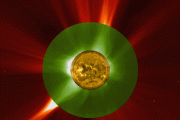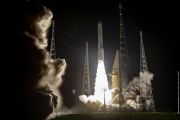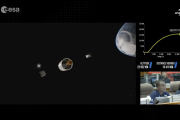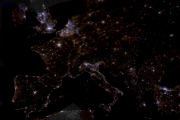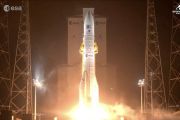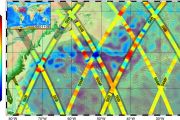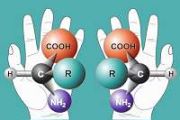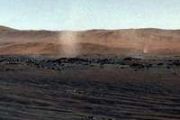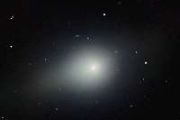
Copernical Team
Earth from Space: New York
 Image:
This Copernicus Sentinel-2 image highlights the colours of autumn over the southern part of New York state in the US.
Image:
This Copernicus Sentinel-2 image highlights the colours of autumn over the southern part of New York state in the US. Galaxy J1135 reveals its water map
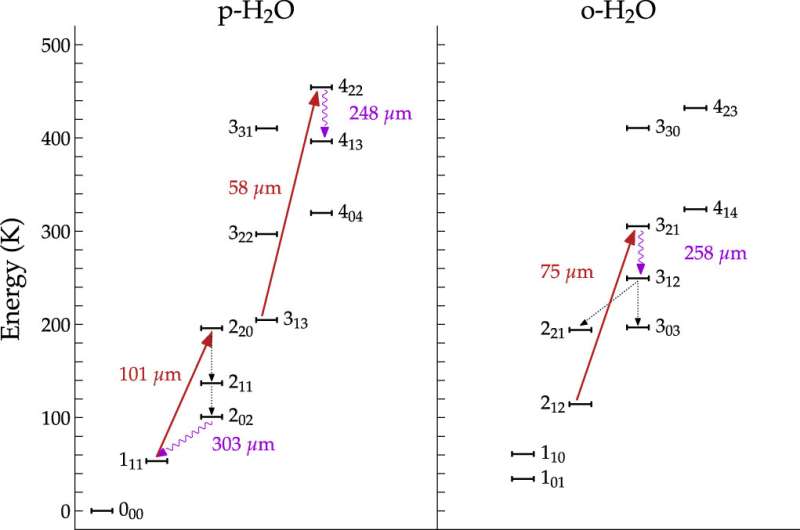
First contact with aliens could end in colonization and genocide if we don't learn from history
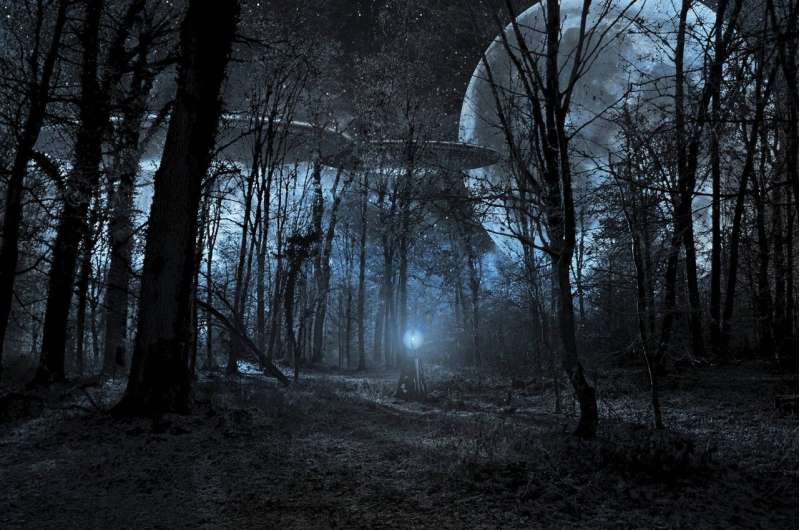
We're only halfway through 2023, and it feels already like the year of alien contact.
In February, President Joe Biden gave orders to shoot down three unidentified aerial phenomena—NASA's title for UFOs. Then, the alleged leaked footage from a Navy pilot of a UFO, and then news of a whistleblower's report on a possible U.S. government cover-up about UFO research. Most recently, an independent analysis published in June suggests that UFOs might have been collected by a clandestine agency of the U.S. government.
If any actual evidence of extraterrestrial life emerges, whether from whistleblower testimony or an admission of a cover-up, humans would face a historic paradigm shift.
As members of an Indigenous studies working group who were asked to lend our disciplinary expertise to a workshop affiliated with the Berkeley SETI Research Center, we have studied centuries of culture contacts and their outcomes from around the globe. Our collaborative preparations for the workshop drew from transdisciplinary research in Australia, New Zealand, Africa and across the Americas.
In its final form, our group statement illustrated the need for diverse perspectives on the ethics of listening for alien life and a broadening of what defines "intelligence" and "life.
Satellites map aftermath of Emilia-Romagna floods
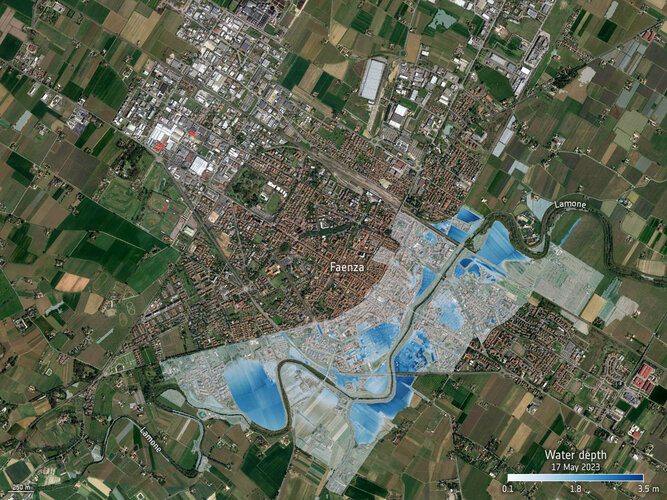
The Italian region of Emilia-Romagna was devastated by severe floods in May 2023, claiming lives and displacing thousands of people, resulting in an estimated €8.8 billion in damages. With the region still grappling with the aftermath, satellites have been instrumental in assessing the damages of the affected areas.
3D-printed bend-based mechanism
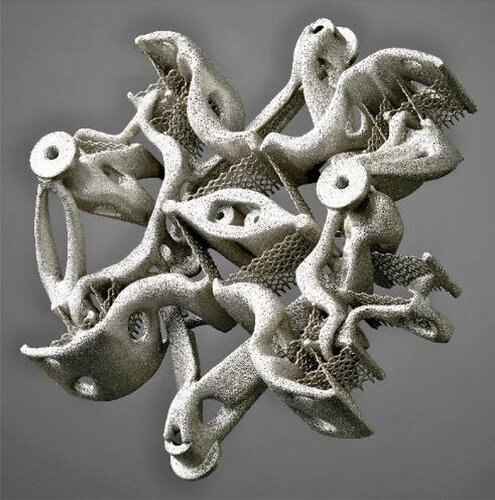 Image:
3D-printed bend-based mechanism
Image:
3D-printed bend-based mechanism Hubble sees boulders escaping from asteroid Dimorphos
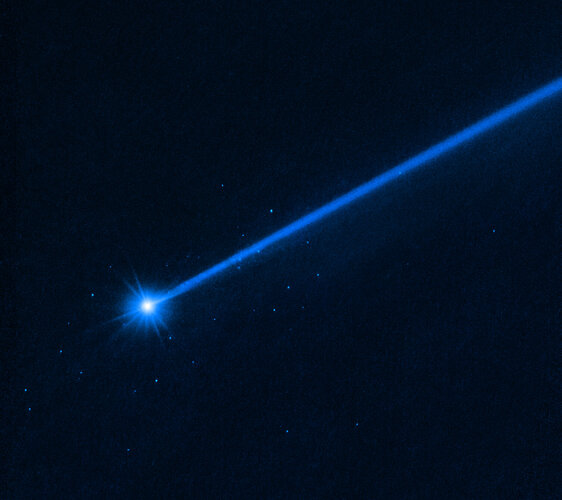
Astronomers taking advantage of the NASA/ESA Hubble Space Telescope’s extraordinary sensitivity have discovered a swarm of boulders that were possibly shaken off the asteroid Dimorphos when NASA deliberately slammed the half-tonne DART impactor spacecraft into Dimorphos at approximately 22 500 km per hour. DART intentionally impacted Dimorphos on 26 September 2022, slightly changing the trajectory of its orbit around the larger asteroid Didymos.
Lunar encore
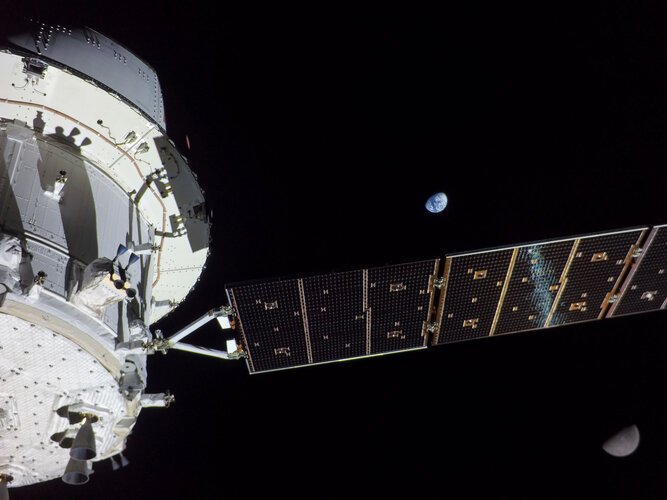 Image:
Dividing Earth and Moon
Image:
Dividing Earth and Moon Flat sapphire windows for hypersonic aircraft and weapons
 Custom fabricated sapphire windows that are ideally suited for protecting sensitive vision systems and sensors in hypersonic aircraft and weapon systems have been introduced by Meller Optics, Inc. of Providence, RI.
Meller Flat Sapphire Windows feature Mohs 9 hardness, which is second only to diamond, and can withstand temps. up to 1,000+ C, pressures to 10,000 psi, and are chemically iner
Custom fabricated sapphire windows that are ideally suited for protecting sensitive vision systems and sensors in hypersonic aircraft and weapon systems have been introduced by Meller Optics, Inc. of Providence, RI.
Meller Flat Sapphire Windows feature Mohs 9 hardness, which is second only to diamond, and can withstand temps. up to 1,000+ C, pressures to 10,000 psi, and are chemically iner China unveils cutting-edge JF-22 Hypersonic Wind Tunnel facility
 China Media Group's recent video coverage has brought into the limelight the revolutionary JF-22 hypersonic wind tunnel. This technologically advanced wind tunnel has successfully passed stringent quality tests and is currently regarded as the world's premier facility of its kind.
The primary function of the JF-22 is to facilitate a plethora of simulated flight experiments, pivotal during
China Media Group's recent video coverage has brought into the limelight the revolutionary JF-22 hypersonic wind tunnel. This technologically advanced wind tunnel has successfully passed stringent quality tests and is currently regarded as the world's premier facility of its kind.
The primary function of the JF-22 is to facilitate a plethora of simulated flight experiments, pivotal during Has the standard cosmological model been broken or just cracked
 A global consortium of astrophysicists spearheaded by teams from the Max Planck Institute for Astrophysics in Germany, Harvard University in the United States, and Durham University in the United Kingdom, have taken a bold stride towards understanding the cosmos. The team has recently simulated the formation of galaxies and cosmic structures across vast expanses of space.
A unique aspect o
A global consortium of astrophysicists spearheaded by teams from the Max Planck Institute for Astrophysics in Germany, Harvard University in the United States, and Durham University in the United Kingdom, have taken a bold stride towards understanding the cosmos. The team has recently simulated the formation of galaxies and cosmic structures across vast expanses of space.
A unique aspect o 












